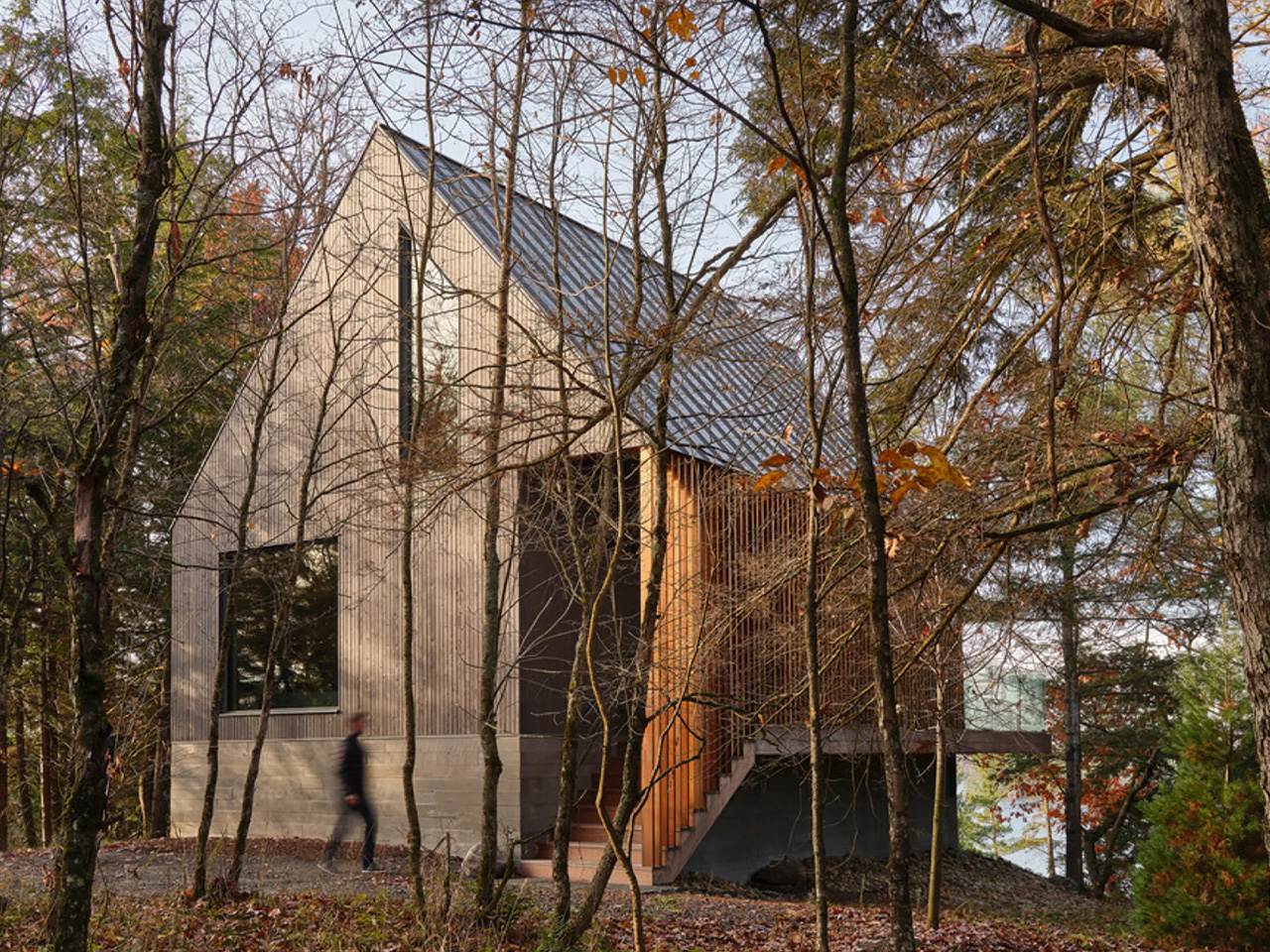In a world where problems and frustrations seem to be around every corner, you might find yourself wanting to escape from it all. Maybe you dream of taking in the Japanese countryside, strolling around in a field of sunflowers, catching some bugs, fishing, all without a worry in sight. Well, if that’s what you’re looking for, and you don’t mind muddy textures, a little funky translation, and blocky 3D models, then this is just the game for you.
Natsu-Mon: 20th Century Summer Kid takes place in Japan right around the turn of the millennium. August 1999, to be exact. You play as 10-year-old Satoru, who’s traveling with his circus-owning parents, and since you’re only a kid, you aren't performing and instead have all the free time in the world for the 31 days the circus is in town.

Each day follows roughly the same structure. Wake up, eat breakfast, do morning stretches, and then you’re free to do what you please until 5pm, when dinner-munching commences, and afterward, you’ll also have some nightlife hours before you enter dreamland. The daytime hours are the star of the show, though, when you’ll be scaling mountains, helping out the locals, riding the bus to a nearby town, becoming Mr Bug Catcher, or simply doing nothing .
See, although the game has missions — and we’ll touch on that in a bit — there’s no obligation to do any of them. The 31-day countdown will still progress, and the game will end after 20 or so hours. This is a philosophy that creator Kaz Ayabe has had for almost 25 years, starting all the way back in 2000 with ‘ Boku No Natsuyasumi ’ ( My Summer Vacation ) on PlayStation.
Four games were released in that franchise, with none of them making it over to the West — a shame since the premise of being a kid without a care in the world, doing exactly as you pleased in rural Japan, sounded absolutely fantastic. All wasn’t lost, though, because in 2013, the small spin-off Attack of the Friday Monsters was released in English on 3DS. And in 2021, we got essentially a proper My Summer Vacation game, just with a fresh coat of Shin Chan paint, resulting in Shin Chan: Me and the Professor on Summer Vacation .
Which brings us to this game which, while staying true to formula, does try out some new stuff for the series, some of it working and some simply not. What does work quite well is the mission structure. You have Small, Big, and Detective missions, where the latter two have the more exciting rewards (stickers).
These act as your stamina, and you start with only a handful, meaning you will be quite restricted with how far you can run or how high you can climb. The only way to increase this meter is to complete said missions. The big ones can vary from catching 50 bugs, playing minigames with a spirit, or donating stuff to the museum, whereas the detective ones are all dependent on what the Trumpet Forest Detective Agency puts you up to.
The name makes it sound like an all-prestigious organisation, but in reality, it’s just a little group three local kids put together. The small missions, for the most part, reward you with a little bit of money, which you can use to buy things at the toy store 'Funny', bus tickets — which is this game's fast travel system — or help out the circus, which is in financial trouble. Although doing small missions is nice, if you want to really earn the big bucks, mining for shiny stones or hunting mushrooms in the nearby forests is probably a better investment of your time, as these can be sold for some surprisingly high prices.
And you will be needing a lot of money come August 16th, so foraging isn't a bad use of time, trust us. The translation, while perfectly readable and sound, is a bit weirdly structured sometimes. You can definitely feel this was written in Japanese first, especially noticeable when selecting the different prompts for the diary entries.
Speaking of which, one of our favorite things about the game is that, throughout your day, you’ll be writing and drawing in your little diary every time you encounter something noteworthy. This could be, for example, when you catch one of the 200 bugs in the game or when something exciting happens, like seeing the full moon atop a hill. Every single entry is accompanied by a sketch that looks like it’s actually drawn by a 10-year-old, and the execution is perfect in our book.
What isn’t perfect, though, is the change from a fixed camera perspective of previous games to the 3D realm. While it has its plus sides regarding exploration, unfortunately, it’s a massive downgrade. One of our favorite things about Shin Chan: Me and the Professor on Summer Vacation was how creative some of these fixed camera angles could be.
Not only that, but there were these beautiful hand-painted backgrounds, and all that is unfortunately lost in Natsu-Mon for the most part. When we say for the most part, it’s because when you’re inside homes, it’s just like the old formula — fixed angles and hand-drawn environments — and this is how we wish the game looked throughout the whole experience. It’s honestly such a shame because one of the most significant factors of these games is the vibes and feel you get when roaming around the lands.
So much of that wonder is simply lost when you go from hand-painted artworks to blocky, muddy textures and 3D models that lack charm, especially when looking at it from a distance. It is slightly improved when playing handheld in our opinion, simply because the big blocky models aren't as apparent. Unfortunately, the change to fully 3D also has a pretty negative effect on performance.
The game runs at 30fps, or tries to, at least, because there are a lot of frame drops. Not necessarily deep drops, but consistent ones whenever you move your camera around, and that unstableness was, for us, simply unpleasant on the eye. Somehow, though, the game's wholesome strengths of theming, friendship, and exploration helped us overlook the not-so-pretty visuals and performance, and the more we played, the less of a problem it became to us.
Still, though, it’s below the standard we were expecting and took away from an otherwise great experience. Fortunately (and to not end on such a low note), the soundtrack and sound design are very well executed. The cicadas, the wind in the trees, and the little theme that plays when you discover a new area are top-notch, and we hope they don't mess around with them in future entries.
Conclusion We’re delighted that this game has made it to the West. And although performance and graphics aren't up to scratch, and the translation is a bit wonky in places, Natsu-Mon: 20th Century Summer Kid still is very much a playable and enjoyable experience. The game teaches some genuinely valuable lessons and makes you think about life and how we must live it to its fullest.
It’s a game that shouldn’t be rushed through, and the 25-45 minutes it takes to get through each day lends itself perfectly to the Switch. This game isn’t for everyone — it's slow in many places and may test your patience — but if what you’re looking for is a relaxing experience with lots of freedom and activities at your disposal, then we’re sure you’ll have a great summer with this one..



















